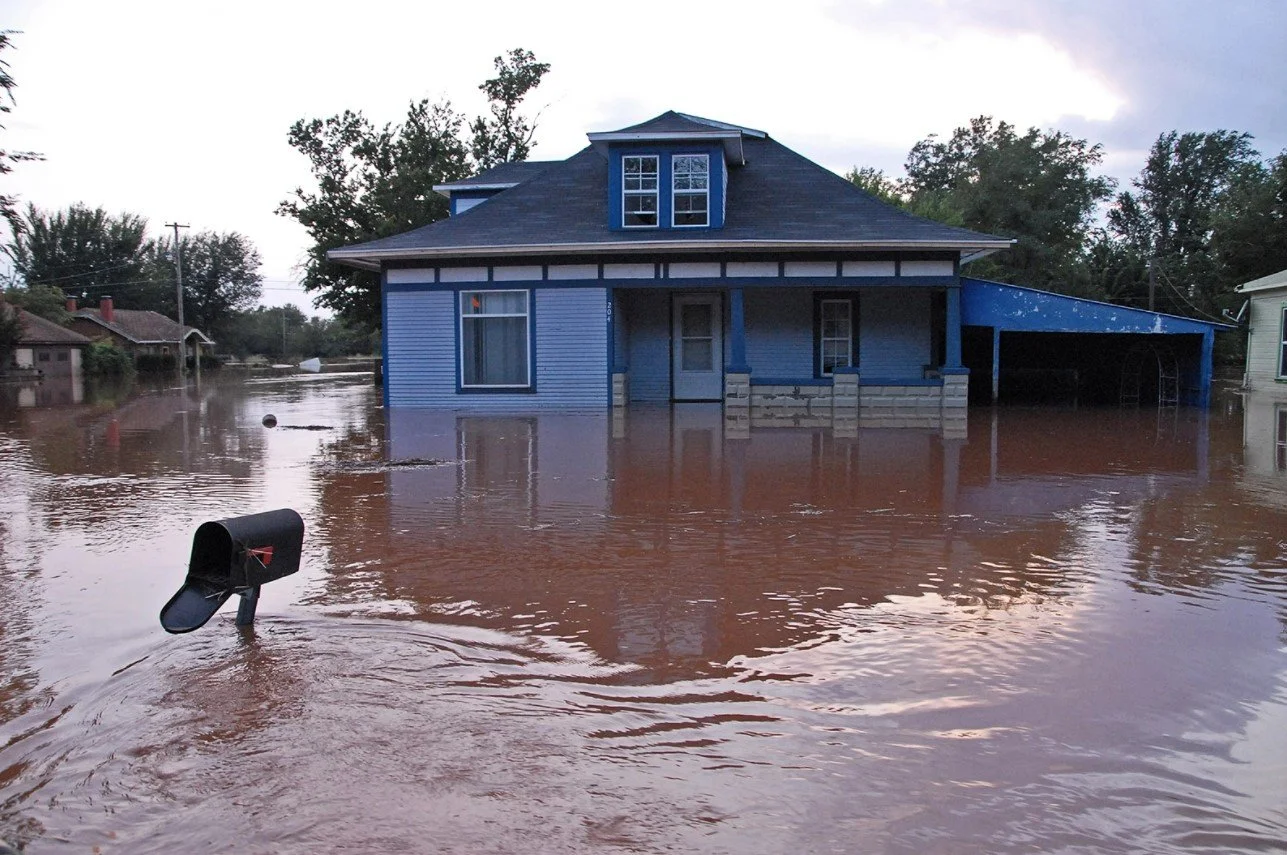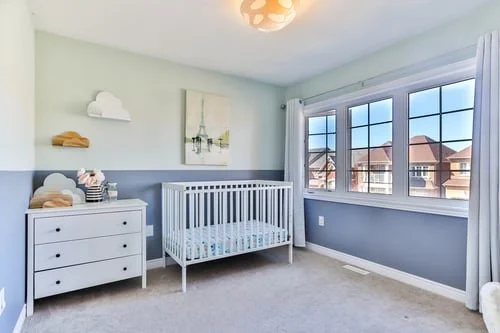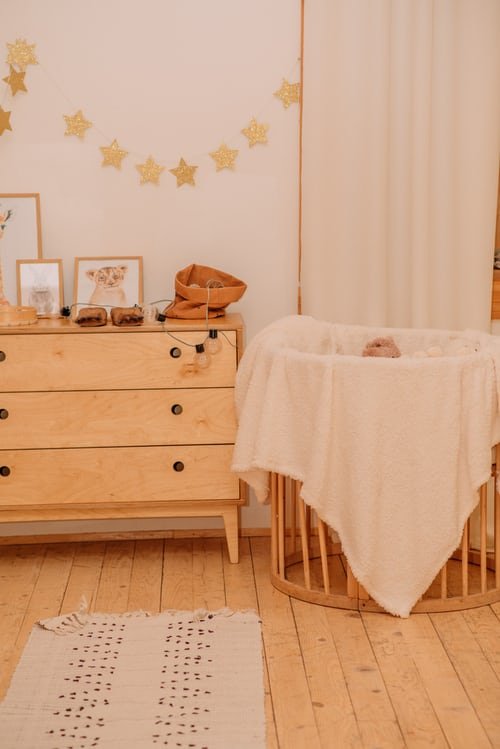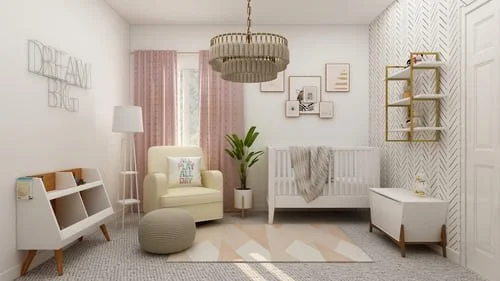
A resource for those seeking information on organizing and transforming spaces.
Guest Post - Routine Checks: Affordable Plumbing Tips for Every Homeowner
As a homeowner, one of the things that you should always be conscious about is your home's plumbing. Any malfunction in your plumbing system could cause serious problems that would cost you much more to fix and reflect on your utility bills.
As a homeowner, one of the things that you should always be conscious about is your home's plumbing. Any malfunction in your plumbing system could cause serious problems that would cost you much more to fix and reflect on your utility bills.
Of course, you will need some maintenance and repairs once in a while. Even so, if you’ll be doing your routine checks and if you’re wise with the kind of plumbing fixtures you choose for your home, it will be a long time before you need to call in a professional to fix any problem. Water heater repair specialists share their knowledge on the measures homeowners can take to enhance affordable plumbing:
1. Buy Plumbing Emergency Tools
You don’t have to stock up every plumbing tool like a specialist, but just the basics come in handy in emergencies. These basics include a screwdriver, a plunger, heavy-duty paper rolls, towel rags, and garbage disposal wrenches. Have a designated place in your basement, shed, or storage unit so they don't clutter up your home.
2. Check for Leaks and Drips
You can easily underestimate a dripping tap, but can you imagine the amount of wastage that you do if you leave that trap dripping for the rest of the day? Besides its insignificance, it will also reflect on your utility bills. If you’re guilty of this, you can still rectify it by always ensuring that the taps are fully turned off before you carry on with your daily business.
If you notice water drips even after turning all the taps off, it only means there is a deeper problem underneath that needs to be addressed early enough before it worsens. A better way to know if there are internal leaks is by checking your water meter to confirm that it is not recording anything when you’re not using water. Call a plumber to identify the problem and repair or replace it as needed.
3. Inspect The Toilet
The toilet is one of the most frequently used places in a home; thus, it deserves some attention. First, ensure that the flushing system is in place and working as it should without any leaks. If the leaks are minor, you can seal the holes off with epoxy gum. Also, if there are faulty parts, try to fix them as soon as possible to prevent more issues from coming up.
4. Check the Drains
At some point, we have all been faced with a clogged drain that we overlooked until it was too late. A clogged drain could be caused by continuous accumulation of oil, dirt, hair, soap, etc. Most people make a mistake during the unclogging process by flushing the debris using chemicals. Continued use of these harsh chemicals will eventually damage your pipes, and they’re also not environmentally friendly.
To keep your drains clear of any obstructions, you can pour a cup of vinegar and baking soda and then run a substantial amount of hot water once a month. Also, you can use filters on your sinks or water outlets to ensure that solid substances don’t pass down to the pipes.
5. Inspect the Sewer Line
Most often, people confuse the water pipes with the sewer line. However, the sewer line pipes are actually located a few feet underground, and it’s responsible for draining all the water in the main sewer.
Water won’t go down the drain if the sewer line is clogged. Usually, when the sewer line starts clogging up, you’ll notice bubbles when you run water through the sinks. It is recommended that you call in your plumber to fix this problem as soon as you see it, as fixing it yourself could worsen the situation.
6. Insulate Your Pipes
During the colder seasons, frozen water can easily make the pipes burst. Therefore, it would be wise to take care of this early enough before the cold season starts, as this could cause severe breaches for you in the long run. Take care of it before the cold season begins as it also makes the whole process easier for the people handling it. Lesser complications translate to more affordable rates for the entire process. To ensure the insulation work is done right, call the plumbing experts to take care of it.
It may seem like a complex task to follow through with these routine maintenance checks, but as the homeowner, you benefit greatly in the long run. You will still need a professional plumber to check in at some point, but those routine checks will have helped you save much more money and time. Every plumbing problem has a solution as long as the right person addresses it.
About the Author
Jenn Walker is a freelance writer, blogger, dog-enthusiast, and avid beachgoer operating out of Southern New Jersey.
First 5 Steps to Take if Your Home Floods
Whether you live in an area prone to flooding or not, you may not be prepared. You may think it will never happen to you, but it can. A natural disaster can cause flooding or a busted pipe. If it happens, you need to know what steps to take when your home is flooded. Knowing beforehand can save you a lot of time.
Whether you live in an area prone to flooding or not, you may not be prepared. You may think it will never happen to you, but it can. A natural disaster can cause flooding or a busted pipe. If it happens, you need to know what steps to take when your home is flooded. Knowing beforehand can save you a lot of time.
Find the Cause
It is important to know and understand where the water is coming from. Is it a hurricane? Is it the sump pump or a busted pipe? You can’t move one until you can identify the source and stop the water from coming in.
Take Pictures of Damage
Now the first thing you will want to do is get the water out of your home. And while this urge is understandable, you need to document the damage first. If it is safe to enter your home, take as many pictures as possible. Make sure you are wearing a mask, gloves, and boots. You can also record yourself going through the home to document the damage. You will need this evidence when you contact the insurance company.
Clean Up Company
Cleaning after a flood is hard work. The house needs to dry out; you need to remove everything from the house and sort through what can be saved. While you can do this yourself, hire a water damage restoration company instead. They’ve done this before, so they know all the steps, and they can disinfect your house probably more efficiently than you can.
Contact Insurance Company
You will need to open an insurance claim with your insurance company. An insurance adjuster will be given your case and, based on what your policy covers, they will decide what the insurance company can do for you. Some insurance companies don’t cover flooding, so you need to know what your policy covers. If you are going to be fully financially responsible for fixing your home, it could make things much more difficult and stressful. You should be prepared.
Take Precautions
When cleaning your home after a flood, certain precautions need to be taken. First, take care of any electrical systems in your house. Water and electricity do not mix. So if your house is flooded, and the electricity is still on, you need to have it turned off.
If you are cleaning your home yourself, stopping mold from happening is a priority. Once the water is gone, you need to open all the windows so they can dry out. Mold can grow wherever there is moisture, so you need to open the walls, remove the flooring and remove the insulation. Anything that could hold moisture needs to be removed.
A flooded home can be a source of extreme stress and anxiety. It is important to know the steps you should take beforehand, so if it happens, you can be prepared.
Bad Habits That Can Put Your Family at Risk of Bed Bugs
Bed bug infestations are among a homeowner’s worst fear. Despite what you may have heard, you can clean as much as you want and still wind up with bed bugs. These tiny insects don’t care if you have fresh sheets on your bed. All they care about is finding a suitable host to help them feed and reproduce. Eliminating these bad habits helps you to keep your home free of these nuisance pests.
Bed bug infestations are among a homeowner’s worst fear. Despite what you may have heard, you can clean as much as you want and still wind up with bed bugs. These tiny insects don’t care if you have fresh sheets on your bed. All they care about is finding a suitable host to help them feed and reproduce. Eliminating these bad habits helps you to keep your home free of these nuisance pests.
Forgetting to Inspect Your Hotel Room
Jumping on the bed as soon as you make it to your hotel room might be tempting if you’ve had to travel for hours to your destination. Yet, this could immediately put you at risk for bringing home bed bugs. Checking the mattress and surrounding walls and bedding for signs of bed bugs only takes a few minutes, but this can save you from spending hours dealing with frustration later on.
Bringing Home Used Furniture
Mattresses are expensive, but you won’t want to bring a used one home without having it inspected first. The same is also true of couches and other upholstered pieces of furniture. Because you often don’t know where it’s coming from, you can’t be sure what pests might be hitching a ride on your new sofa.
However, that doesn’t mean you can’t still enjoy thrift shopping or antiquing. If you do love vintage finds, then make sure to have a pest control professional in mind who can help you inspect for and treat suspected infestations. Before bringing the new furniture into your home, call for a pest control professional to inspect each item. They can also give you tips and strategies for avoiding pest problems caused by bringing home used furniture.
Mishandling Your Luggage
No one tends to like putting their suitcase on a potentially dirty hotel room floor. Yet, putting it on the bed is also not a good idea since a bed bug might hitch a ride to your home in your suitcase. Try to put your luggage on a rack or stand that is made of a smooth, non-porous material. Then, make sure to zip it closed anytime you take something out to wear.
Failing to Check After Having Houseguests
You may know that your aunt or uncle is a stringent housekeeper, yet you never know if they might be harboring bed bugs in their belongings. Whether the pests hopped in during a hotel stay or while the luggage was in the cargo bay, your loved one could bring them to your house. After your houseguests leave, do a simple inspection of the room as you gather up the bed linens for washing. If you do find evidence of bed bugs, then you’ll be catching the problem early enough to avoid major disruptions to your life.
Time is of the essence for dealing with bed bug infestations. Treating them as soon as you think you have a problem helps to prevent them from spreading throughout the house. As you search for a treatment, try to resist the urge to use a DIY method that only makes the problem worse. Instead, choose to use professional treatments that include a thorough inspection to make sure that you fully address the problem and can get back to sleeping peacefully throughout the night.
Useful Tips for Decorating a Nursery
If you're expecting your first bundle of joy, decorating a nursery may seem like the biggest challenge so far. Should you start by painting the walls or looking into furniture? Maybe you should come up with a theme first? All of those questions will overwhelm you quickly, so stop thinking and check out our tips for decorating a nursery. We have all the useful tips in one place, ready to make your baby preparations a breeze.
If you're expecting your first bundle of joy, decorating a nursery may seem like the biggest challenge so far. Should you start by painting the walls or looking into furniture? Maybe you should come up with a theme first? All of those questions will overwhelm you quickly, so stop thinking and check out our tips for decorating a nursery. We have all the useful tips in one place, ready to make your baby preparations a breeze.
Find a color scheme
The first thing to consider when decorating a nursery is the colors. From the color of the walls to the furniture, carpets, and accessories, you'll need a color scheme to keep your room look cohesive. Neutral colors like beige, white, light grey and yellow are always the best choices because they allow plenty of diversity. On top of that, once the baby is older and ready to move to another room, you can easily adapt the room into an office or a den without needing to change the color of the walls. However, if you plan to update the nursery into a kid’s room when the child is older, then you can feel free to choose a gender-specific color such as pink, green, blue or purple.
Buy furniture first
Once you’ve chosen the color for the room, it’s time to start looking at furniture pieces. From the crib for the baby to have sweet dreams to the dressing table where you’ll keep all the supplies and a rocker chair to keep you comfy, you'll need a whole set of furniture items to fill your baby's room. After you've put together the crib and the rest of the big items, you will have a starting point perfectly visualized to help you move on with the décor.
Add toys and décor
As the baby grows, he or she will need the entertainment to keep them occupied. Whether during mealtime or when you need them not to fuss, popular infant toys will be your baby’s best friends offering all the fun they need. Therefore, make sure you stock the room with infant toys such as chewy fidgets, plushies, or weighted animals. Patterned throw pillows will be a lovely addition to a nursery. It's a budget-friendly option that will add interest to the room and make you cozy as well, while you feed the baby or put them to sleep.
Consider a theme
Another way to decorate a pleasant nursery is to incorporate a theme into the décor. How about you create a heavenly angelic ambience with a mixture of baby blue and white, clouds, fluff, and plush? Maybe you'd like your princess to feel like she's in her own castle with a canopy over the crib, light pink walls, glitter and rainbows on the walls? Are you a nature lover? Consider mixing brown, green and yellow for a jungle-like theme that will offer both the calmness of the woods and excitement of the wilderness to the interior.
Consider quality lighting
Lighting is crucial for an enjoyable ambience. That's why you'll want to allow for plenty of daylight but also make sure you can block it maximally. Install heavy curtains and quality blinds to offer your baby an optimal sleeping environment during their first days at home. Newborns tend to sleep a lot and sometimes throughout the day, so you'll need to make sure the lighting is adequate throughout the day and night. Invest in soothing night lights to create a gentle night-time glow in the nursery.
Getting your home ready for the baby will be emotional and somewhat challenging but it will also bring immense joy. Make sure everything is set at least a month before your due date because you never know when the little one will decide to come to this world. Pick a theme, decide on colors and look for quality furniture to create the best baby nook for your bundle of joy.












